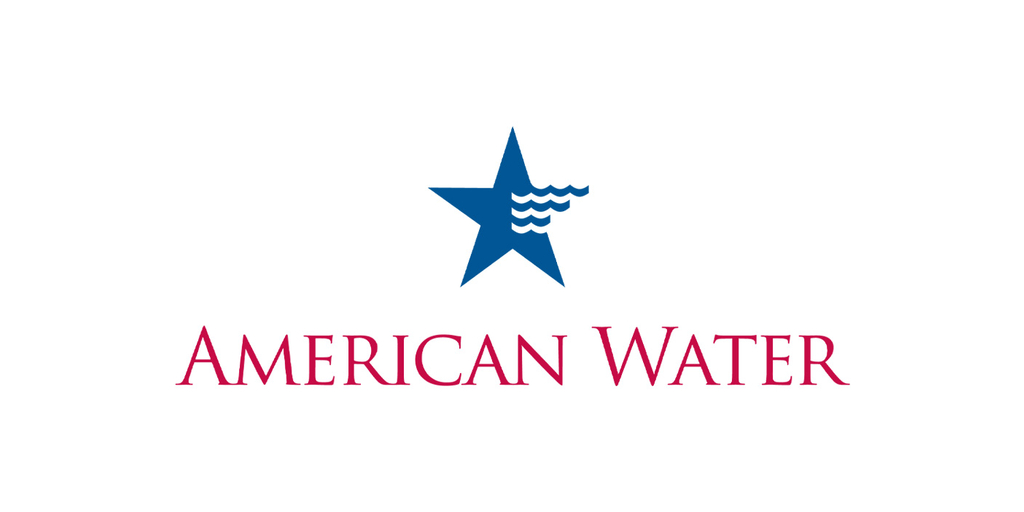Sign up for daily news updates from CleanTechnica on email. Or follow us on Google News!
The offshore wind industry is still struggling to find its footing in the US, where opponents have organized around a heady brew of misinformation and entitlement. Nevertheless, the state of Maine appears to have cracked the code. If all goes according to plan, the land of lobsters and lighthouses will make room for floating offshore wind turbines on the list of things for which it is famous.
Floating Wind Turbines For Maine
Floating turbines solve the dilemma faced by coastal states that could take advantage of clean offshore kilowatts, except for impediments such as water that is too deep for conventional fixed-platform turbine construction. Competition from tourism and other maritime industries can also present obstacles.
The solution is to open up new options for offshore wind sites, by situating the turbines on floating platforms tethered to the ocean bed. That’s easier said than done. Floating platforms are expensive, and getting the balance right is a tricky feat of engineering when waves, weather, and massive, spinning wind turbines are involved.
The US Department of Energy has been deploying its R&D dollars to help kickstart the global floating wind industry (see more coverage here). One of those projects has come home to roost in Maine, in partnership with the University of Maine.
Maine may seem like an unlikely spot to invest in new offshore wind technology. It’s a low-population state that is already prone to transmission bottlenecks. However, the Gulf of Maine does lay claim to some of the best offshore wind resources in the world and that’s a tantalizing prize.
Offshore Wind & The Green Hydrogen Connection
Aside from lobsters and lighthouses, Maine is also known as the state that relies more heavily on home heating oil than any other. Energy planners have been looking for way to unhook the state from oil, and floating offshore wind turbines could become part of the solution.
As a standalone source of new kilowatts on the Maine grid, floating offshore wind turbines would not necessarily resolve the cost and affordability issues involved in electrifying homes and other buildings, including the construction of new transmission lines.
The picture shifts when green hydrogen is thrown into the mix. Maine Governor Janet Mills hinted as much in March of 2020, when she and other state officials set off on a tour of offshore wind farms in Scotland just before the COVID-19 lockdown hit.
“Scotland has begun to leverage its powerful offshore wind industry to produce green hydrogen, and Maine has been eyeballing green hydrogen as a way to deliver more clean kilowatts despite some bottlenecks in its existing transmission system,” CleanTechnica noted in November of 2020.
“Mitsubishi is involved in the Maine project, having acquired the newly dubbed firm New England Aqua Ventus through a joint venture with its Mitsubishi Renewables Diamond Offshore Wind subsidiary and the firm RWE Renewables,” we added.
What Is This Aqua Ventus Of Which You Speak?
Aqua Ventus crossed the CleanTechnica radar back in 2015, when the project was still in the experimental phases. It was almost killed off by the administration of former Republican Governor Paul LePage, but an assist from the Energy Department kept it on track as a public-private R&D collaboration under the University of Maine.
The project first launched in 2011 with the goal of developing a new concrete hull, as an alternative to the steel platforms typically used to construct floating offshore wind farms.
“The VolturnUS Hull design was inspired and built like an upside-down bridge,” explains the Advanced Structures & Composites Center at the University of Maine, adding that it is a “transformational floating concrete hull technology to harness offshore wind energy with the potential to significantly reduce the cost of offshore wind.”
ASCC notes that the new hull deploys standard pre-cast bridge construction techniques that can be deployed practically anywhere in the world. Unlike steel construction, the materials can be locally sourced, and the developer can make use of local labor.
They also cite greater resistance to corrosion compared to steel, leading to lower lifetime operation and maintenance costs. Another advantage is the heavier weight of the concrete structure, which acts as a cushion against wave motion.
Other cost saving features include a low tow-out draft, meaning that the hull sits relatively high in the water. That eliminates the need for specialized deep-water port facilities. “Low tow-out draft allows for deployment in shallow water harbors around the globe,” ASCC explains.
Next Steps For Floating Wind
The promise of lower costs for floating wind turbines practically anywhere in the world has attracted the big bucks. As of this writing, ASCC counts up $40 million in assistance from the Energy Department and a $100 million investment from RWE Renewables and the Diamond Offshore Wind branch of Mitsubishi.
On the timetable is a full scale demonstration of an 11 megawatt VolturnUS turbine at a state-designated research site.
The next step is to secure a lease for an offshore site in federal waters. The Governor’s Energy Office has submitted an application to the federal Bureau of Ocean Energy Management in the Interior Department for a 15.2 square mile site in the Gulf of Maine, with an eye on commercial development in the 2030s.
That’s a rather long time to wait for more offshore wind, but Governor Mills is already laying plans for 3,000 megawatts’ worth of wind turbines in the Gulf of Maine while steering clear of the all-important lobster fishing grounds.
That’s a spot of bright news in an otherwise lackluster news cycle for the US offshore wind industry. Despite the nation’s long, wind-rich coastlines, only a handful of offshore turbines are currently in operation.
The Obama administration tried to get the offshore ball rolling back in 2010, only to be stymied by partisan politics and fossil energy stakeholders. Former president Trump’s famous distaste for wind turbines didn’t help matters in the years that followed.
Now some states are forging ahead with support from the Biden administration, but a new wave of opposition linked to ALEC and other Republican-allied organizations has emerged to throw yet another monkey wrench into the works.
Keep an eye on New Jersey, where the Caesar Rodney right wing think tank has reportedly been organizing residents to protest new wind farms offshore, alleging aesthetic as well as environmental impacts.
That’s more than a little ironic, considering that the state’s tourism, construction, and real estate industries have already done a thorough job of trampling over onshore ecosystems, but there you have it.
Follow me tinamcasey on Bluesky, Threads, Post, LinkedIn, and Spoutible.
Image: Offshore floating wind turbine courtesy of University of Maine.
Have a tip for CleanTechnica? Want to advertise? Want to suggest a guest for our CleanTech Talk podcast? Contact us here.
EV Obsession Daily!
I don’t like paywalls. You don’t like paywalls. Who likes paywalls? Here at CleanTechnica, we implemented a limited paywall for a while, but it always felt wrong — and it was always tough to decide what we should put behind there. In theory, your most exclusive and best content goes behind a paywall. But then fewer people read it!! So, we’ve decided to completely nix paywalls here at CleanTechnica. But…
Thank you!
Tesla Sales in 2023, 2024, and 2030
CleanTechnica uses affiliate links. See our policy here.




